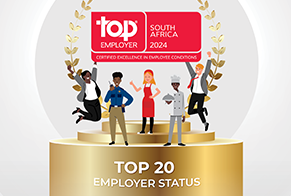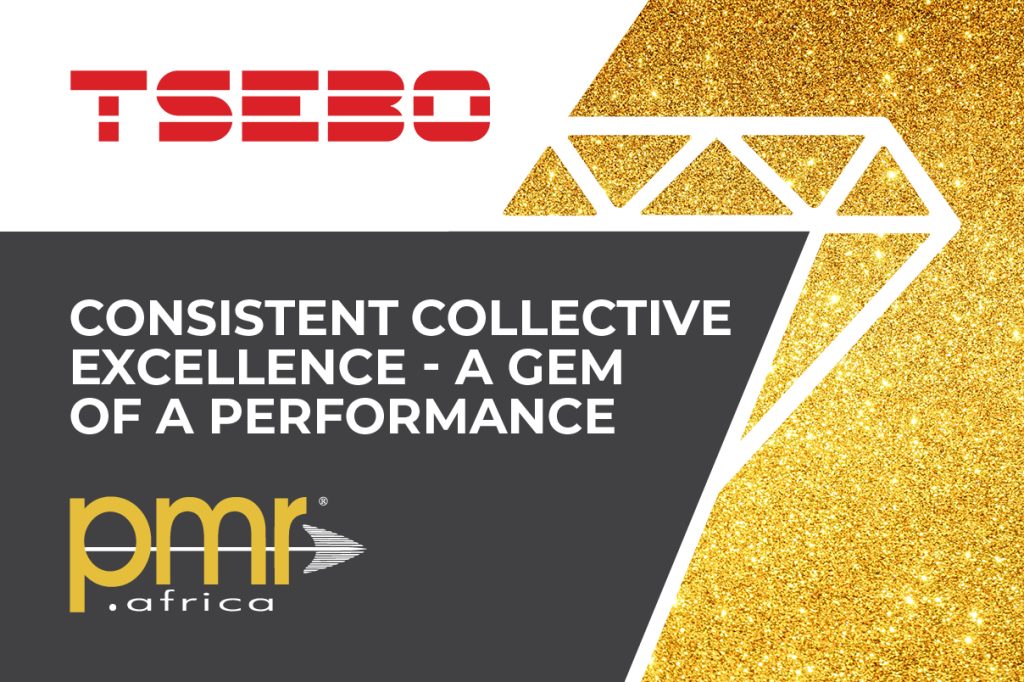Back on the 18th of May, I wrote a post on how outsourcing can provide a means to effectively address both workplace and workforce productivity; 6 Reasons to Outsource your Facilities Management for Radical Productivity. In that post, I wrote about the compelling reasons for how outsourcing can lead to radical productivity and why as outsourced providers, we can achieve efficiencies that companies who retain these services in-house are unable to do.
In today’s post, I am going to throw back the curtain and show you how you can apply seven levers to drive out costs and raise the efficiency and effectiveness of non-core services to deliver transformational outsourcing.
Geoffrey Moore in his book Dealing with Darwin sums up the flow of a product/service through any organisation in his ‘Core and Context’ model. In that model he refers to a business having essentially two fundamental elements;
- Core– all those activities which differentiate the business from its competitors and that are central to how the organisation makes money;
- Context– all other activities which we know as non-core, or in his terminology Context.
Moore’s model primarily applies to his work in the IT industry and is not perfect for our purposes. Indeed, I differ from him in many ways, in particular on his assertion that any organisation can repatriate and repurpose human resources from non-core into core. This is neither desirable nor viable, but perhaps that is something we can debate at a later date.
The model is premised on sound principles regarding how outsourcing should be used to drive out costs from non-core related services. In his model, he uses five levers, and I have used this as a basis for this model in which I use seven levers we use to generate the transformational promise in Facilities Management.
In the 7-lever model presented here, there is a great deal of interchangeability between the first two levers Centralisation and Outsourcing. I have placed centralisation as the first lever as I am a firm believer that this should be tackled in-house by the Client organisation before outsourcing the problem to a provider outside their organisation. Having said that, there is often a case for using outsourcing to jump start the process of centralisation or as a subtitle might say “take my mess and do it for less”. There are however implications for both the Client and the provider depending on the order in which these two essential steps are tackled.
1. Centralise
In my experience, there is lots of confusion around the definition of Core and Context (non-core) operations inside many Client organisations. A lack of appreciation for the magnitude of the costs involved and the potential savings on offer leads to a lack of focus by management and little effort being made to centralise the resources internally before outsourcing. Also, Clients are often not prepared or able to go through the internal angst and change management that is required to centralise these Context operations prior to outsourcing. However, in doing, so there is a price to be paid.
The inability or unwillingness of Clients to deal with the internal issues of centralisation leaves a lot of inefficiency and money, in the form of potential savings, on the table when it comes time to outsource. This has been something of a double-edged sword in many ways with outsourced operators able to deliver stellar levels of savings in the first few years of operations. While this is desirable, in some instances some operators have pocketed huge gain share bonuses in the process which have left many Clients feeling they had been scammed.
Some years back I was involved in an outsourcing which delivered in excess of 30% savings over the first three-year period. The outsourced entity not only made handsome margins but significant gain share bonuses as well. The Client was unfortunately left feeling less than happy about having to write a very large cheque despite the savings that had been achieved, this was despite the fact that the Client had gone through a period of two years of attempted internal centralisation prior to the outsourcing. but for many many reasons had been unable to achieve the desired change and thus used outsourcing as the catalyst to drive that change.
This is a difficult decision and process for many Clients and I believe there is a gap in the market for ethical outsourced partners as experts in their field to assist their Clients in executing this lever to deliver significant savings and improvements prior to the outsourcing.
I would advocate that our expertise can be used, pre-contract to examine a process or service and determine whether this is Core or Context where the desired outcome has shifted from differentiation to productivity. Once this has been determined the first opportunity to extract cost and inefficiency comes from centralisation. This eliminates the management overhead of maintaining multiple instances of the same process in multiple organisations.
Why would an outsourced provider do this I hear you ask? Why is it in their interests? Outsourcing is moving to a far more co-collaborative approach and as such this paves the way to an outsourcing that has a much better chance of sustainable long-term success. This process loosens the hold of vested interests on the internal process maintainers. These interests typically invoke the legacy of entitlement to request ongoing enhancements in work output that go beyond the minimum required. In a radically productive world, there is no room to accommodate such requests. The internal team is often beholden to the interests for past favours and centralisation breaks the link of that obligation and frees management to be much more frugal in its subsequent commitments.
[bctt tweet="Outsourcing is moving to a more co-collaborative approach leading to sustainable long-term success"]
2. Outsource
Outsourcing is about driving processes out of the enterprise entirely to reduce overhead, variabilise costs, and optimise future investment. Depending on the level of centralisation that has been undertaken by the Client in Lever 1, the outsourcing entity will need to continue on this path until there is a clear and unadulterated transparency of the extent and complexity of the services and cost. Whilst I make an argument for centralisation internally prior to outsourcing, there are certain costs that cannot be removed until outsourcing has taken place.
Outsourcing frees the Client from the cost of all work entailed in managing the non-core workers involved. The cost of HR, IT, compliance and accounts processing incur indirect costs which need to be borne by the organisation until they are outsourced. Until the process is completely off the Client’s books, management must continually balance the interests of the non-core teams with those of core. Outsourcing frees everyone’s calendar and chequebook to focus on core business.
This is particularly true in the outsourcing of Facilities Management. The panoramic nature of the services that are included under this heading cut across all departments and disciplines within an organisation. Typically, budgets are held by the individual departments and oversight of the total direct and indirect FM spend is almost impossible. I once had a Client who paid for much of their facilities related spend on a national portfolio of over a 1000 buildings, through the onsite point of sale cash register. The governance and accounting practices around this spend were minimal and these expenses were not even recorded below an internal and seemingly randomly selected delegation level.
Whilst this may be an extreme example, these practices often go unnoticed and the hardest part of our job in the selling of the benefits of outsourcing is to diplomatically convince a Chief Financial Officer that they often do not appreciate and cannot quantify the full cost of their facilities. This is certainly not intended as an aspersion on the ability of the person in charge of the purse strings but before this is done the inevitable conversation regarding any savings is pointless. Until such times as the disparate and often uncontrolled spend can be bought under a single authority there can be little hope that it can be understood or managed effectively.
3. Standardise
Having undergone centralisation and outsourcing, in whichever order, we are now in a situation where all similar processes have hopefully been put under a single point of control. The next resource extraction opportunity is to migrate from multiple instances of the process to a single instance. Such standardisation further reduces the resource consumption, since each process step need not be replicated or reproduced. At the same time, reducing differentiation also reduces risk. The less the variability in any system the less chance of failure and the fewer resources are required to manage it. This is a cornerstone of radical productivity.
Of course, people on the receiving end of these changes are not likely to be happy about having to accommodate them. Nonetheless, since the process is Context the opportunity to extract resources must take precedence over currying to their preferences, this is much easier to do in an outsourcing scenario, indeed it is implied in the mandate of outsourcing, so consequently this should not be attempted as part of centralisation.
To make further progress each of the process models under outsourced management needs to be deconstructed in order that it can be further optimised. This is the role of the fourth lever in our sequence.
4. Modularise
Modularisation consists of deconstructing a product or process into its component elements so that it can be re-engineered for radical gains in productivity. The reason this typically requires specialised outsourced support is that it involves exercising a bifocal vision. One eye looks at the process as it is currently being executed. The other eye looks at a library of templates that come from the best practices of radically productive companies. This is normally best done by the outsourced entity with their expertise in making a Clients Context operations their Core. The goal of the modularisation effort is to come up with the simplest representation of the process that meets the input and output criteria for quality results. Such simplification alone can reduce risk and free up valuable resources.
5. Optimise
Once a process has been the modularised, it can then be optimised. During this phase, redundant and superfluous tasks can simply be eliminated. Others can be automated, and many streamlined. All outputs are fine tuned to appropriate levels so that over servicing does not waste further resources. All this simplifies the management and execution of the work, reducing complexity and risk, allowing you to substitute less expensive resources and free up your most experienced people.
6. Instrumentalise
This is the penultimate lever in our armoury as an outsourced provider but is the final process in the optimisation of an individual Client portfolio. Our teams instrumentalise the process with monitor-and-control systems to manage our performance and to further reduce variation, extract risk and maintain control. I have spoken about the importance of control and monitoring in a previous post The 2 Meta Competencies your Outsourcing Partner Needs
7. Industrialise
As an outsourced provider in the facilities management industry we work on razor thin margins, and in such a scenario, scale is critical to run a sustainable and profitable business. Industrialisation is the ability of an outsourced provider to achieve economies of scale in our operations where we are able to amortise all our investments in the above levers across multiple Client engagements, thereby giving a better overall return on capital employed.
What has been your experience of Outsourcing and how would you improve it? Please leave a comment below.



